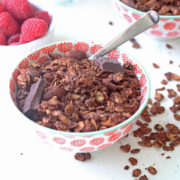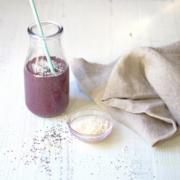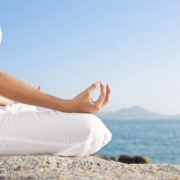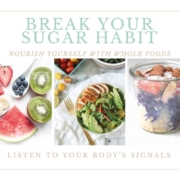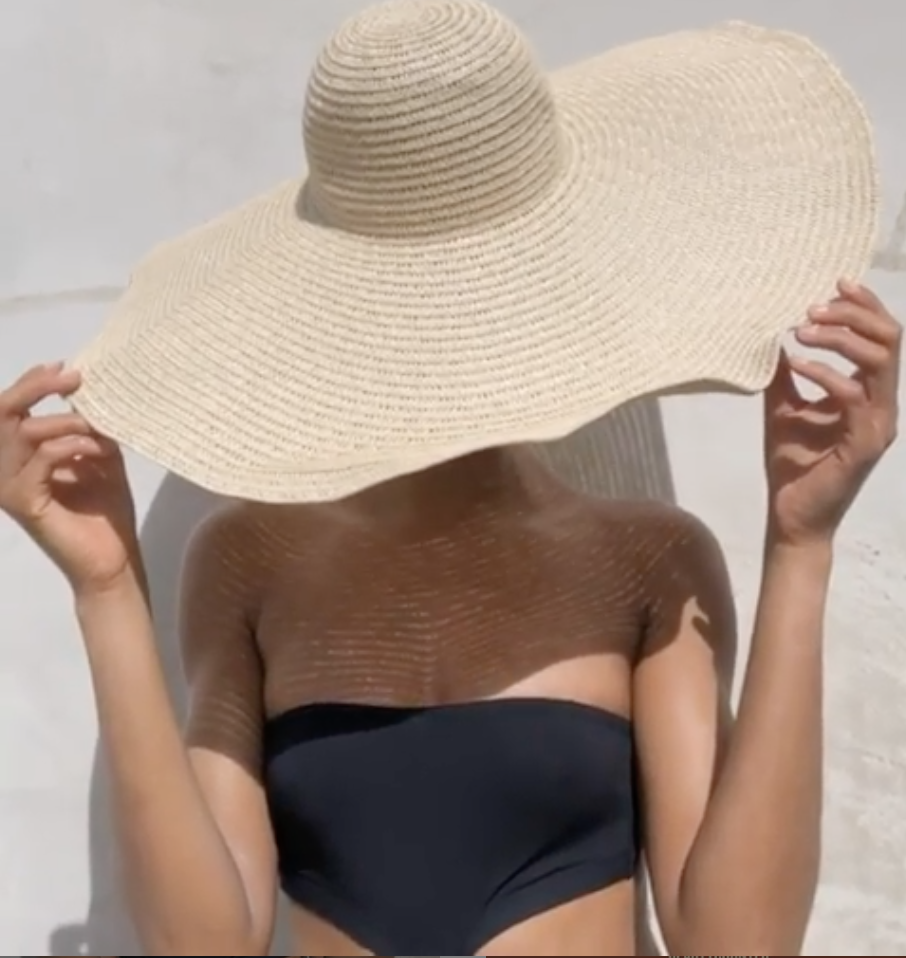
It’s no secret that the sun has a ton of health benefits, including helping our bodies manufacture vitamin D. But it’s hopefully just as well known by now that the sun can also be harmful (even deadly) if you don’t take the right precautions before being outside for a long period of time.
Beach season is finally here, and luckily clean skincare is on the rise, but the options can get confusing. A lot of us are looking for safe sunscreens that provide broad spectrum coverage and help counter the risk of overexposure, sun damage or possibly skin cancer. Those who have kids running around in the sun all day probably feel a particular sense of urgency. To make it feel a little less confusing, I’ve got the need-to-knows here.
First, not all sunscreens are created equal. The EWG – the Environmental Working Group – found that more than half of the sunscreens on the market in the US were not effective. They either provide inadequate protection or contain harmful ingredients. (Read the full report here.)
Let’s start with a few interesting facts about sunscreen:
- Sunscreen can’t do it all: There’s no proof that sunscreens alone prevent most skin cancer. And unscreen does not protect skin from all types of damage. SPF measures protection from sunburn, but not other types of damage, like brown spots, aging, and the effects of free radicals.
- Don’t be fooled by high SPF! Many people think that the higher the SPF, the less they can apply and the longer they can stay out in the sun. Double the SPF does not mean double the sun protection. The FDA has deemed sunscreen above 50 SPF “inherently misleading.” According to the EWG, properly applied SPF 50 sunscreen blocks 98% of UVB rays, and SPF 100 blocks 99%. Not much of a difference! Yet people think higher SPF levels, which often contain more toxins, mean they can sun with abandon.
- Watch the Vitamin A. An additive found in many sunscreens, Vitamin A may actually speed development of skin cancer. The beauty and skincare industry adds vitamin A to 12% of their beach and sport sunscreens,15% of their moisturizers with SPF, and 5% of lip products with SPF. Retinyl palmitate, or vitamin A palmitate, is an antioxidant that combats skin aging, but studies show that it may trigger development of skin tumors and lesions.
- And your Vitamin D! If you avoid the sun, check your vitamin D levels. Sunshine is actually important for synthesizing vitamin D, which helps to strengthen our bones, support our immune system, and reduce the risk of many types of cancer.
- Study abroad: A lot of European sunscreens actually offer better UVA protection. Many of the sunscreens sold in the United State that offer broad spectrum coverage – meaning they shield the skin from UVA rays – are too weak to be sold in Europe. European sunscreen often proves stronger protection from UVA rays, but with ingredients that have not been approved in the States.
- Spray? Away! Those super convenient aerosol spray sunscreens? Not so good. Because of their high alcohol content, breathing in too much aerosol can irritate your lungs, and also makes it a lot easier for the chemicals to enter your bloodstream. Not to mention the fact that spraying on your sunscreen means you might miss a spot and burn! Rub your sunscreen on instead. The earth will thank you too.
Looking for some sunscreen brands that are safe and effective? The EWG has a great list of approved brands, including a couple of my go-to’s.
- Beautycounter Countersun Mineral Sunscreen (my fave)
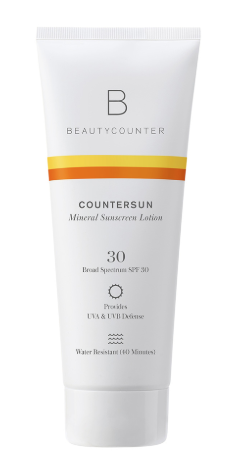
- Alba Botanical Facial Mineral Sunscreen
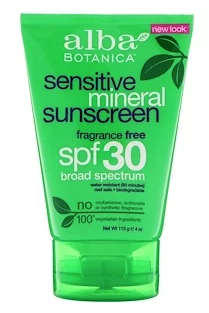
- Babo Botanicals Clear Zinc Sunscreen
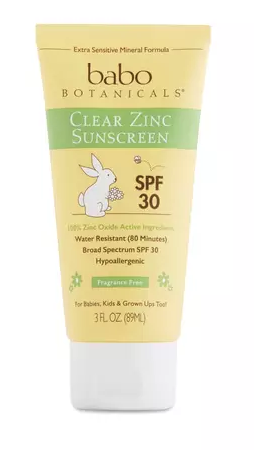
- Blue Lizard Australian Sunscreen (love this one too)
- California Baby Calendula Sunscreen
- COOLA Suncare Sport Mineral Sunscreen Stick
- Supergoop! Play 100% Mineral Sunscreen Stick
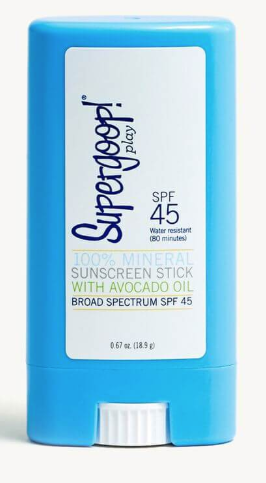
- Tom’s of Maine Baby Sunscreen
- Tropic Sport Moisturizing Sunscreen
- True Natural Caribbean Coconut 30 Sunscreen
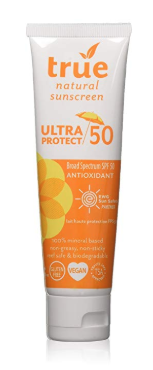
It’s totally possible to get some sunshine safely, and with safe sunscreen. For more info, check out Beauty Counter’s Never List of ingredients to avoid ALWAYS, Follain.com for their amazing natural options, and the Environmental Working Group’s website for a great guide to sunscreen.
Phew! And that’s just the tip of the sun protection iceberg. If you want to learn more, check out the EWG website.
![]()

